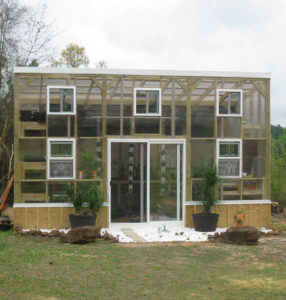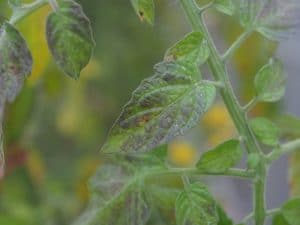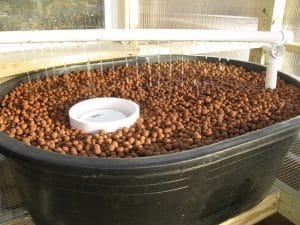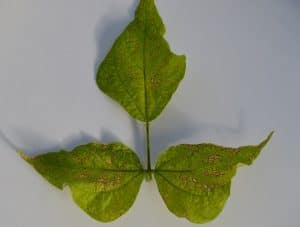Indoor Aquaponics
One of the most impressive aspects of aquaponic gardening is the wide variety of sizes and setups the system can work in. Whether you want to start a small garden or fill a larger commercial space, an aquaponic setup can be scaled to meet your needs. This scalability, combined with other benefits like reduction in water use, fertilizer, and tank cleaning, make aquaponics perfect for any grower. Getting started doesn’t require a large outdoor space either. Indoor aquaponics is growing in popularity both in homes and businesses. From aquarium systems to greenhouses, aquaponics is making the move indoors and adding even more benefits to its already impressive list. Understanding the basics of indoor aquaponic gardening, the types of systems that can be used, and the requirements to start one will position you to begin raising fish and growing plants in your inside space.
Aquarium Aquaponics
An aquarium aquaponics system can be started anywhere. Whether you are getting into home aquaponics or looking to add a conversation piece to your business office or lobby, an indoor aquaponic system built over an aquarium is a small and simple way to harness the power of aquaponic gardening while adding an interesting visual element to your space. This type of system requires an aquarium for the fish, along with the normal trappings, including gravel, lighting, a heater if using warm water fish, and a basic filter. Once the aquarium is ready to go, simply choose your preferred freshwater fish. Any species of fish will work in this type of indoor aquaponic system, but if you are new to raising fish look for a breed that interacts well with one another, are easy to raise, and are fairly disease resistant like goldfish, Bloodfin Tetras, or White Cloud Mountain Minnows. You can also use warm water varieties like Danios or Black Molly fish.
Once the aquarium is established and stocked with fish, a hydroponic garden can be added. This requires the addition of a hydroponic grow bed and plants to the top of the aquarium. You can also use live underwater plants inside the tank as a decoration and added filtration measure. The simplest hydroponic grow bed for an aquarium system is a floating bed. You can purchase one or build one yourself using foam. Plants placed in a floating system will grow with their roots in the water, so no additional equipment like a pump is needed. Although, an aquarium system can also work with a vertical bed, which will require the addition of pipes and a pump to ensure water reaches all levels of the vertical garden. Any variety of plant can work in this indoor aquaponics system, from eye-catching flowers to ornamental houseplants to fresh herbs or other edibles.
Greenhouse Aquaponics
Although aquarium aquaponics are designed on a small scale and used for decoration, other indoor
Starting a greenhouse system requires a greenhouse made of either glass or plastic that will allow proper amounts of sunlight to reach the plants. This type of system can also be used in a location without the aid of natural sunlight, but will require ample specialty lights to provide the plants with manufactured sunlight. Regardless of the space, fish tanks will need to be added and stocked with fish. With larger tanks, more fish can be raised, and more plants can be grown. A greenhouse space offers enough room for most common indoor aquaponic systems, including ebb and flow, deep water culture, and vertical farming. Many commercial operations take advantage of vertical farming’s ability to grow more plants in less space and will incorporate multiple layers of plant beds connected by pipes and watered using a pump system. Year round gardening, quick yield plants, and reduced costs make greenhouse aquaponics a good business decision.
Aquaponics already offers many benefits, and creating an indoor aquaponics system adds even more. From climate control to reduced pests, indoor aquaponic gardening means you can grow healthy plants and fish without the concerns of outdoor setups. Aquarium systems can be used to grow food or for ornamental purposes. They create an eye-catching display that compliments any interior design. Greenhouse versions can be used to produce food for private or commercial use. They allow you to grow year round and reduce the concerns associated with growing outdoors. Whichever version you choose, an indoor aquaponics system will provide you with healthy plants and fish while reducing the costs associated with watering, fertilizing, and filtering.






